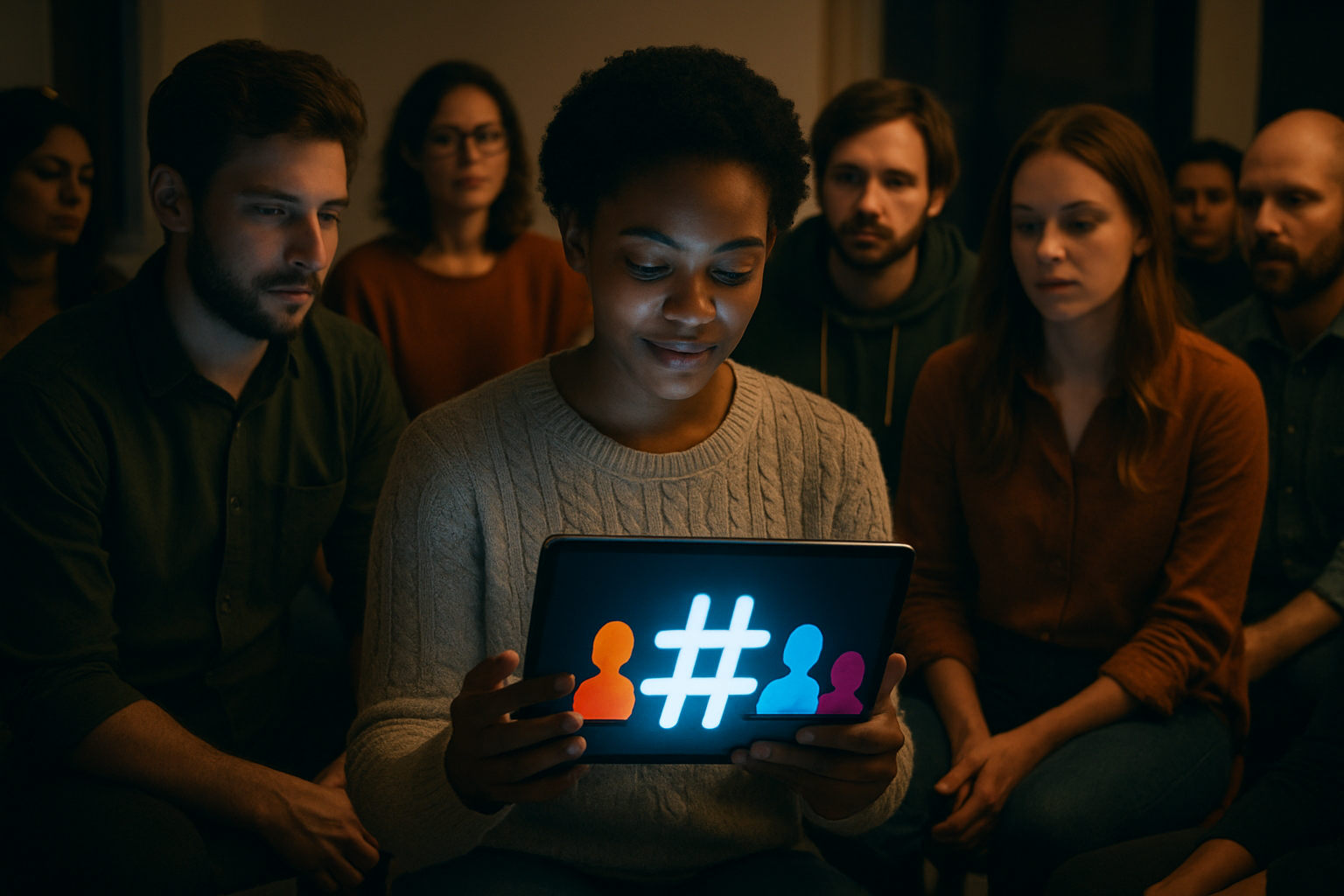Neo-Tribalism in the Digital Age
The rise of digital communities is reshaping our social landscape, giving birth to a phenomenon known as neo-tribalism. This modern incarnation of ancient group dynamics is transforming how we connect, identify, and organize ourselves in an increasingly fragmented world. From niche online forums to global social movements, neo-tribes are redefining belonging in the 21st century. Read below to explore the intricate web of digital kinship and its profound impact on society.

At its core, neo-tribalism is a response to the atomization of society and the erosion of traditional community structures. As people seek connection and belonging in an increasingly complex world, they gravitate towards like-minded individuals who share their passions, beliefs, or experiences. These digital tribes provide a sense of identity, purpose, and solidarity that many find lacking in their offline lives.
The Digital Landscape as Tribal Territory
The internet and social media platforms serve as the new tribal territories, offering endless possibilities for group formation and interaction. Online forums, social networking sites, and messaging apps have become the digital equivalents of ancient gathering places, where tribe members convene, share knowledge, and reinforce their collective identity.
These virtual spaces allow for unprecedented levels of specificity in tribal formation. Whether it’s a community of urban foragers, enthusiasts of obscure 80s synthpop, or advocates for a niche political ideology, the internet enables even the most esoteric interests to find their tribe. This hyper-specialization of communities leads to a fractal-like social landscape, where broader tribes splinter into ever more specific sub-tribes.
Rituals and Symbols in the Digital Realm
Just as traditional tribes have their rituals and symbols, neo-tribes develop their own digital equivalents. These can range from specialized vocabularies and inside jokes to elaborate online ceremonies and rites of passage. Memes, hashtags, and profile picture frames serve as modern tribal markings, instantly signaling group membership and allegiance.
The use of emojis, GIFs, and custom emoticons in online communication can be seen as a form of digital body language, replacing the non-verbal cues lost in text-based interaction. These visual elements help reinforce group cohesion and create a shared emotional language within the tribe.
The Double-Edged Sword of Digital Tribalism
While neo-tribalism offers numerous benefits, such as fostering a sense of belonging and enabling global connections, it also presents significant challenges. The echo chamber effect, where individuals are exposed primarily to information that aligns with their existing beliefs, can lead to polarization and the reinforcement of extreme viewpoints.
Moreover, the ease of finding like-minded individuals online can sometimes hinder exposure to diverse perspectives, potentially limiting personal growth and societal progress. The strong sense of in-group loyalty fostered by neo-tribes can also lead to hostility towards outsiders, manifesting in online harassment or real-world conflicts.
Neo-Tribalism and Social Movements
The power of neo-tribalism extends beyond mere online communities, playing a crucial role in shaping real-world social and political movements. Digital platforms enable rapid mobilization and coordination of like-minded individuals, as seen in movements such as #MeToo, Black Lives Matter, and various environmental campaigns.
These digitally-enabled movements demonstrate how neo-tribes can transcend virtual spaces to effect tangible change in society. However, they also highlight the challenges of maintaining cohesion and momentum when tribal bonds are primarily digital. The fleeting nature of online attention and the difficulty of translating virtual support into sustained real-world action remain ongoing challenges for these movements.
The Future of Social Cohesion in a Neo-Tribal World
As we navigate this new landscape of digital kinship, questions arise about the long-term implications for social cohesion and collective identity. Will the proliferation of neo-tribes lead to a more fragmented society, or will it give rise to new forms of solidarity that transcend traditional boundaries?
Some sociologists argue that neo-tribalism may serve as a bridge between individual identity and larger social structures, providing a sense of community in an increasingly atomized world. Others warn of the potential for further social fragmentation and the erosion of shared civic values.
As we move forward, the challenge lies in harnessing the positive aspects of neo-tribalism—such as its capacity for fostering connection and mobilizing collective action—while mitigating its potential downsides. This may involve developing new social norms for online interaction, promoting digital literacy, and finding ways to encourage cross-tribal dialogue and understanding.
In conclusion, neo-tribalism represents a fundamental shift in how we form communities and construct our social identities in the digital age. As this phenomenon continues to evolve, it will undoubtedly play a crucial role in shaping the future of human social organization, challenging us to rethink our understanding of community, belonging, and collective action in the 21st century and beyond.




